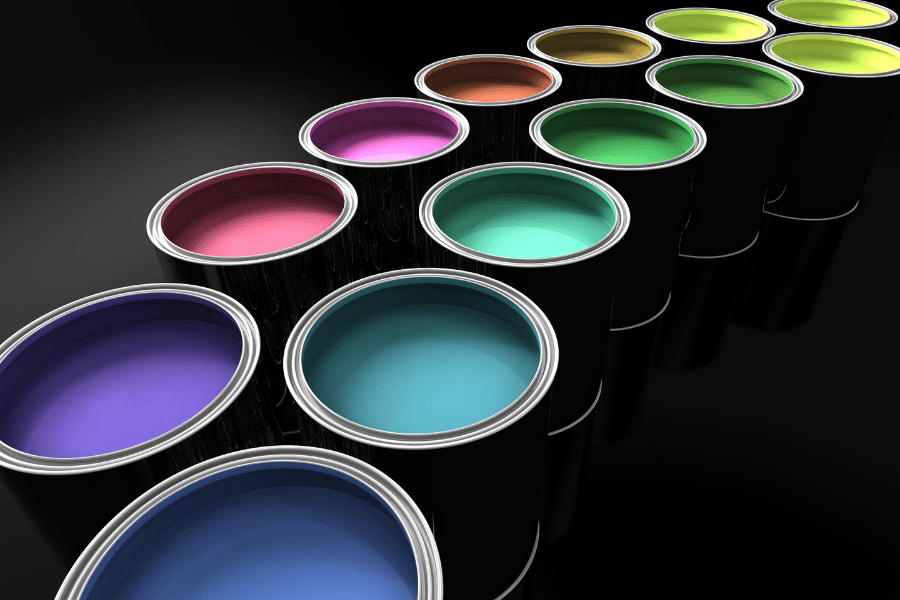Painting your ceiling may not seem as exciting as choosing bold wall colors or updating trim, but it plays a crucial role in the overall look and feel of a room. A clean, well-painted ceiling can make a space feel bright, open, and polished.
On the other hand, even minor ceiling paint mistakes can be highly noticeable — and hard to fix without redoing the entire surface.
Whether you’re a seasoned DIYer or tackling ceiling paint for the first time, understanding the most common pitfalls can save you time, money, and frustration. Here are some of the top mistakes homeowners make when painting ceilings — and how to avoid them.

1. Skipping Proper Preparation
One of the biggest mistakes is diving into the project without taking time to prep. Ceilings accumulate dust, cobwebs, and even grease, especially in kitchens.
What to do instead:
- Clean the ceiling thoroughly with a dry microfiber mop or a damp sponge (if needed).
- Patch any holes or cracks with spackle and sand them smooth.
- Use painter’s tape to protect walls, light fixtures, and trim.
- Remove or cover furniture to protect it from paint drips.
A little preparation goes a long way in achieving a smooth, professional finish.
2. Using the Wrong Paint or Finish
Using leftover wall paint or the wrong sheen can result in poor coverage, visible roller marks, or a finish that highlights every flaw.
What to do instead:
- Choose a ceiling-specific paint. These are often flat or matte, which helps hide imperfections and reduce glare from lighting.
- Avoid glossy or semi-gloss finishes unless required for specific needs, like high-moisture bathrooms.
The right paint ensures better coverage and a cleaner appearance.
3. Painting Without Primer
If your ceiling is stained, patched, or has never been painted before, applying paint directly can lead to uneven coverage or discoloration.
What to do instead:
- Apply a stain-blocking primer, especially over water stains or new drywall patches.
- Priming helps paint adhere properly and creates a uniform surface for the topcoat.
Skipping this step might save time upfront, but it usually leads to more work later.
4. Not Cutting In First
Trying to roll the entire ceiling without first painting around the edges (called “cutting in”) can result in sloppy edges and visible lap marks.
What to do instead:
- Use a quality angled brush to cut in around the perimeter before rolling.
- Work in small sections, and blend your brushwork into the rolled areas while both are still wet.
This ensures clean edges and a more seamless look.
5. Poor Rolling Technique
Applying too much pressure, using the wrong roller nap, or not overlapping properly can all create uneven texture or streaks.
What to do instead:
- Use a roller with a ⅜-inch to ½-inch nap for most ceilings.
- Start in one corner and work in sections, always keeping a “wet edge.”
- Apply paint in a consistent direction and go back over each section lightly to smooth out any lines.
Don’t rush — steady, even strokes are key.
6. Not Allowing Enough Drying Time
Ceiling paint takes time to cure. Touching up too soon or applying a second coat before the first is dry can cause peeling or streaks.
What to do instead:
- Follow the paint manufacturer’s instructions for drying time.
- Use fans or open windows to promote ventilation and drying.
Patience pays off with a more durable, professional finish.
Final Thoughts
Ceiling painting isn’t always the easiest part of a home update, but avoiding these common mistakes can make a big difference in your results. With the right prep, materials, and technique, you’ll end up with a smooth, crisp ceiling that enhances the beauty of your entire room.
Need help making your next painting project stress-free and beautiful? Contact our team today for a free quote.

Leave a Reply